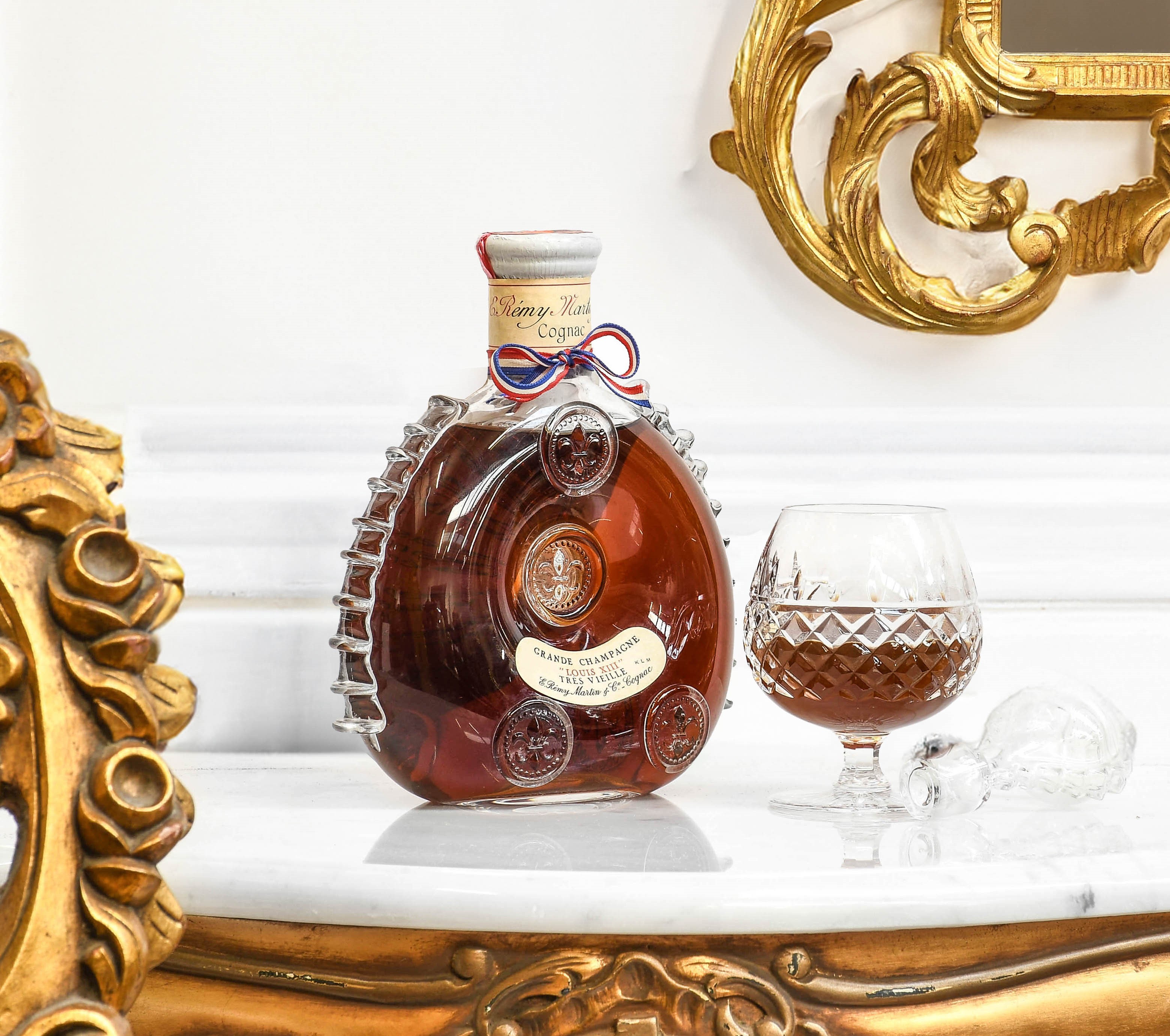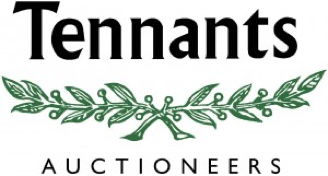A rare Extinct Cave Bear Skeleton (Ursus spelaeus) sold for £17,000 in Tennants Auctioneers’ Natural History and Taxidermy Sale on 16th April (all figures exclude buyer’s premium). Dating from the late Pleistocene era, the species went extinct around 24,000 years ago. Measuring over two metres high, the skeleton was part of a display at the Portsmouth Museum for over 15 years and was offered with an estimate of £5,000-7,000. Cave bears primarily inhabited caves in Europe and parts of Asia, and mostly fed on plants, fruits and grasses. With males growing up to four metres in length, they were much larger than modern bears, and fossils suggested they often competed with early humans for shelter. Whilst well adapted for cold environments, they likely went extinct due to hunting by both Neanderthals and Cro-Magnons and competition with other predators.
News & Insights
Extinct Cave Bear Skeleton Sells for £17,000
Extraordinary prices were also achieved for other rare lots of natural history and taxidermy, with outstanding specimens smashing their pre-sale estimates. Amongst the notable lots in the sale was a rare early 20th century specimen of the now extinct Slender-Billed Curlew (Numenius tenuirostris), which sold for £5,000 - ten times the top estimate. The specimen was discovered by Tennants’ Natural History specialist Robbie Bright, tucked in a box amongst a group of common whimbrels and curlews that were due to be sold as a group without reserve. Natural History Specialist Robbie Bright said of the discovery: “Specimen of extinct species are always much sought after at auction, as highlighted by the world record achieved by Tennants in 2023 for a pair of extinct New Zealand Huia (sold for £220,000). This slender-billed curlew is a very nice example, with old record labels to the base from a Belgian museum, confirming the species.” The slender-billed curlew was declared officially extinct in 2024, with the last confirmed sighting being in Morocco in 1995.
Selling for £6,000 was the R.M.A. Sutton Collection of Lepidoptera, an early 20th century comprehensive and interesting collection of British moths and native butterflies housed in a mahogany collector’s chest. The collection was put together in the first half of the 20th century, up until 1963, by Richard Sutton who was born in Kent in 1901. A trained accountant, he ran his family business of Thomas Wolfe Garage Ltd in Bloomsbury before moving to Surrey. Larger than life, Sutton was a bon viveur, socialite, traveller and enthusiastic ballroom dancer as well as a keen collector not only of lepidoptera but of all things associated with natural history.
Exceeding expectations, too, was a Collection of Carved Wooden Trout, which sold for £4,500. Dated 1904-7, they were retailed by Charles Farlow & Co. Ltd, Fishing Rod Manufacturers of 191 The Strand, London, and were sold with provenance from the Earl of Suffolk and Berkshire, Charlton Park.
The sale also offered good private collections, including the first part of the Dean Field Collection of taxidermy by A.J. Armitstead of Darlington, and the Roger Stanfield Collection, both of which sold 100% of their lots.
The sale realised a total hammer price of £140,400 for the 294 lots, and a 96% sold rate.
The sale of Specimens and Material derived from Endangered Species
All auction entries at Tennants are sold strictly in accordance with CITES (The Convention on International Trade in Endangered Species of Wild Flora and Fauna) regulations, and any necessary licences or Pre-sale approvals are obtained from Animal Health, Bristol.
< Back to News

23rd April 2025, 10:30
Plan your visit to our Leyburn Head Office and Salerooms, or our Harrogate and London Offices
Get your antiques and collectables valued by our team of specialists.














